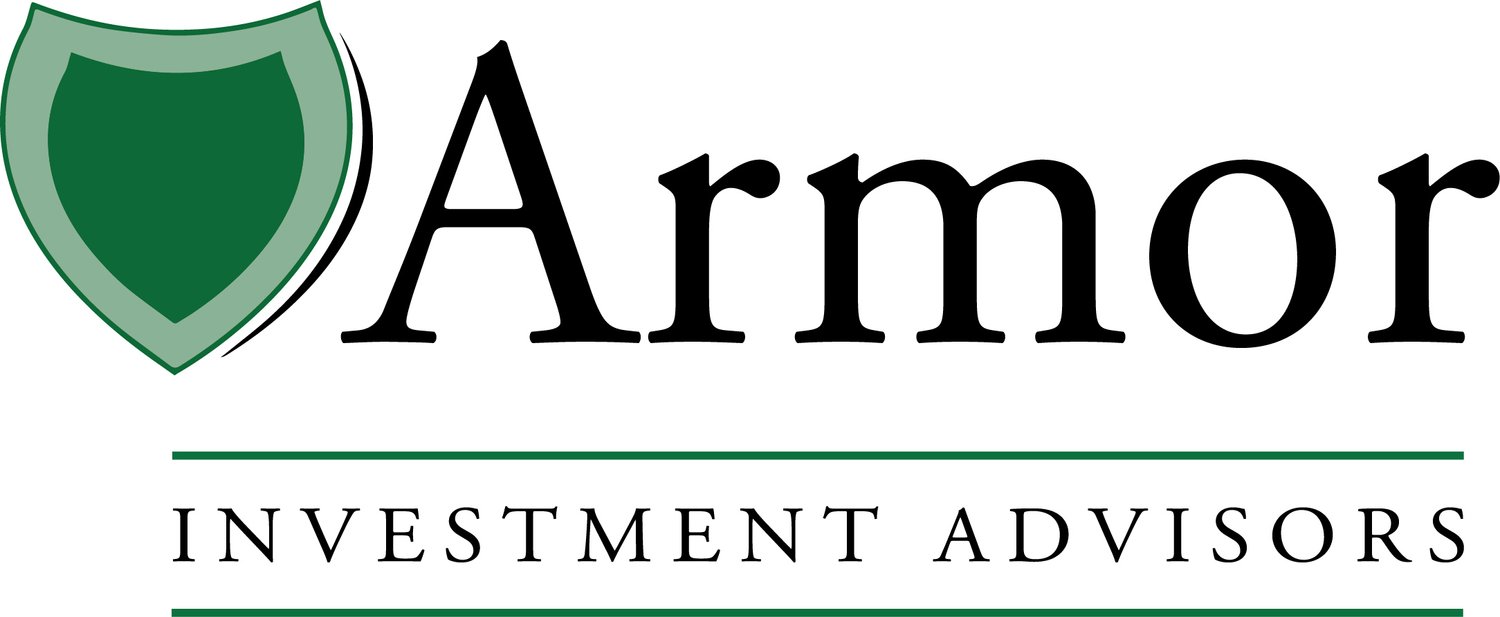July 12, 2023
PROTECTING PURCHASING POWER FOR SHORT-TERM SAVINGS
by Graham Shepherd, CFP®
When working with a client’s financial plan, we first establish their goals, objectives, and values, as these will impact each decision around the financial advice we recommend. When — as is often the case — there are several goals competing for resources, we discuss prioritizing the goals and earmarking assets and investment strategies to each goal based on their respective time horizons. This approach of aligning accounts and investments with financial goals can be thought of as “bucketing”. We create a “bucket” for each goal based on the time within which we need access to funds and select the appropriate investments accordingly. Consider the following.
Short-Term “Bucket”
(capital needs 1-3 years in the future)
Examples can include an impending down payment on a house or a car, an emergency fund, or a wedding.
For investors with a short-term financial goal, the relative volatility of the stock and bond markets is generally inappropriate. We recommend one of the cash alternatives discussed below, or perhaps a Conservative investment strategy.
Intermediate-Term “Bucket”
(3-8 years)
Examples can include upcoming education expenses.
For investors with an intermediate-term financial goal, we often recommend a Moderately Conservative, Balanced, or Moderately Aggressive investment strategy.
Long-Term “Bucket”
(8+ years)
For investors in their early and mid-career, retirement is often the prime example of a long-term financial goal.
For those with a long-term financial goal, we often recommend a Moderately Aggressive or Aggressive investment strategy.
Through an evaluation of the investment time horizon and the thoughtful selection of investments, we seek the appropriate balance between protecting capital — by reducing investment volatility — and protecting purchasing power by increasing investment return.
Vehicles for Short-Term Savings
Between the Great Recession of 2007 and 2022, the interest rates you could earn from deposits in savings accounts, Certificates of Deposit (CDs), Money Market Funds, and short-duration government bonds such as T-Bills were paltry at best. Investors seeking yield were forced to make a compromise in terms of taking on additional risk in longer-term bonds, bonds with a lower credit quality, or in the stock market. The current interest rate environment, however, has renewed interest in these cash alternatives to keep capital available in a low-risk, liquid vehicle while earning a respectable yield. As of this writing, while core inflation is high enough to negate the interest rates of most bank accounts, some cash alternatives are now yielding rates that will allow one to “lose less” versus inflation than the typical low-yield savings account.
Generally, there is an inverse relationship between the liquidity of a cash alternative investment and the yield of the investment. In order of decreasing liquidity, some of these cash alternatives include:
Online Savings Accounts
Often, online banks offer higher interest rates on savings accounts than those offered by traditional “brick and mortar” banks.
You can typically access these funds within days.
The Federal Deposit Insurance Corp. (FDIC) offers protection up to $250,000 per depositor, per FDIC-insured bank, per ownership category in the event the bank becomes insolvent. One way to ensure your bank is covered is by scrolling to the bottom of your bank’s website to find the FDIC logo. If you maintain more than $250,000 in cash deposits, you can hold accounts at several banks to ensure all the deposit is covered.
Money Market Fund
A money market fund (not to be confused with a money market account offered by banks and lending institutions) is essentially a mutual fund that is invested in US Treasury Bonds or other short-term low risk instruments to generate a modest yield while protecting the value of the investment.
Money market funds are held in brokerage accounts and trade like mutual funds, and cash is available for transfer one business day following a sale.
One important caveat is that money market funds are not bank deposits and are thus not insured by the FDIC. As such, while money market funds are considered generally safe investments due to their low-risk holdings, there is no absolute guarantee against loss in value.
Certificates of Deposit (CDs)
CDs provide an interest payment in return for locking up a lump sum deposit for a period of time. CDs compensate for the reduced liquidity by paying generally higher interest rates than those found in traditional savings accounts.
CDs with different maturities can be “laddered” to increase liquidity while mitigating risk of missing out on higher interest rates in future years.
CDs purchased through FDIC member banks offer deposit protection similar to savings accounts.
T-Bills
T-Bills are US government bonds which mature in terms ranging from four weeks to one year.
Since they are debt obligations of the US government, T-bills are considered a virtually risk-free investment.
If you are able to sacrifice liquidity beyond the scope of T-Bills — especially for expenses anticipated more than a year or two in the future — a well-allocated investment portfolio consisting of the more conservative or stable asset classes may suffice.
If you foresee an upcoming large expense or are otherwise holding a significant cash balance, please reach out to your Armor team and we can help evaluate your options!—G. Shepherd
